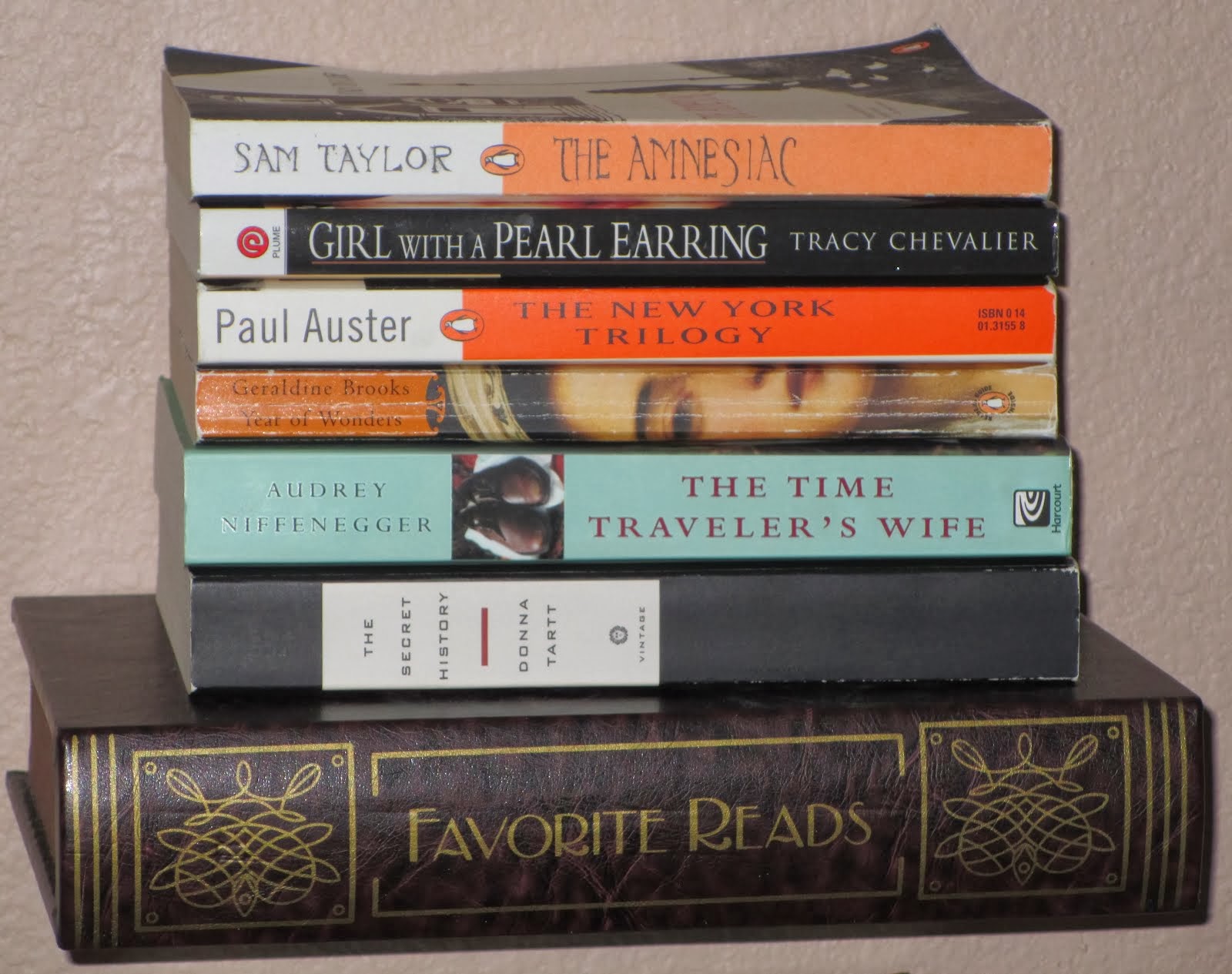I finished reading this book before I intended to. I was on what I assumed was the penultimate essay, a half dozen or so pages from the end, and I had just told myself that I would finish that essay and read the final one later, when poof, Acknowledgements. Not that this was unsurvivable. Just thought I would warn you ahead of time: the essays end on page 63. But no worries: the subsequent excerpt from Rundell's novel The Explorer is a treat.
Saturday, December 31, 2022
“Why You Should Read Children’s Books, Even Though You Are So Old and Wise” by Katherine Rundell
Thursday, December 29, 2022
“Little Nothing” by Marisa Silver
It was weird. In the style of a folk tale or legend, it tells the story of Pavla, born a dwarf (hence her nickname, Little Nothing) who has a beautiful face and golden hair. Pavla's parents are elderly, and they worry about how she will live after they die. Somehow they decide the best course of action is to get Pavla stretched to a normal height so that she can find a husband. The charlatan named Smetanka is actually able to do this stretching, thanks to an ingenious table-cum-torture device created by a resourceful young man named Danilo. The only problem is that Pavla ends up looking like a wolf girl, which kind of foils her parents' plans. Eventually Danilo and Pavla end up in a traveling carnival sideshow . . . and then Pavla kills and eats Smetanka and turns into a wolf. (That's almost 100 pages in, and probably counts as a huge spoiler, especially considering that it's not mentioned in the blurb, so I extend to you my deepest apologies. But I can't imagine how I can write about this book in such a way that I will remember it without mentioning the wolf thing.)
The rest of the story brings in murders and wolf cubs and prisons for the criminally insane (or just for criminals) and escapes and clockwork and digging tunnels for water pipes and, quietly in the background, war. The ending is quite ambiguous.
Monday, December 26, 2022
“What the Fact? Finding the Truth in All the Noise” by Dr Seema Yasmin

- Fake news isn't new--it's been around for years; when looking at journalism as a whole, it's also a lot less common and more nuanced than some people claim. (I'm looking at you, Smugly.)
- Fake news, as well as bad news, spreads much farther and faster than good news. This is generally because fake or bad news plays to peoples' emotions (typically those of outrage or fear), and people are more likely to share information that outrages or scares them--it's just human nature.
- People tend to believe what they're told first, and they are more likely to cling to these first-held beliefs, even if they're incorrect.
- There's a whole spectrum of "fake news," and almost all of it has at least a kernel of truth.
- Try not to be part of the problem--don't further the spread of fake news. For example: don't re-post information on Facebook if you don't verify it first.
- Take a good look at the news you are consuming, and its sources. You may want to expand your range of sources, even if only temporarily, in order to confirm the reliability or veracity of your usual sources.
- When appropriate, push back against people in your circle who are spreading fake news. Yasmin gives Ten Steps for Effective Disagreements, and this may be the most helpful part of the book:
- Pick your battles. It may make more sense to have a discussion with a family member than with the lady behind you in the line at the grocery store.
- Prepare for more than one chat. In most cases (see bullet point above, about people clinging to first-held beliefs) it's going to be difficult to impossible to change someone's mind; you're certainly not going to manage it over the course of one single conversation.
- Ask questions, then listen. If you think you're going to just give someone a lecture and change their mind, you're doomed to failure. You need to hear them out, and actually *hear* them rather than just using the time while they're speaking to plan your counterattack.
- Use the principle of charity. Don't assume the worst interpretation of someone's argument--instead of getting mired in thinking they are being illogical or selfish, try to see that they probably think their argument is as logical and strong as you think yours is.
- Ask for evidence. That statement may sound a bit like we're now going on the attack, but it may be phrased better if you say it this way: "What information and evidence did you use to form your point of view?" (I still think it would be hard to do this in a way that doesn't make the other person defensive.)
- Look for common ground. You may never agree on the big picture, but there are almost always aspects that can be agreed on.
- Don't shame people. You'll never change anyone's mind with shame; you'll only cause them to dig in deeper.
- Don't pour facts onto polarized conversations. Instead, you should focus on helping people to shift their perspective by . . .
- Harnessing the power of stories. This is actually something that fake news often includes--a story that tugs at your emotions--but the truth can spread more easily by playing on emotions as well.
- There is no one-size-fits-all approach. You don't have to use all ten of these strategies all the time. Different people or times or topics call for different methods (or different combinations of methods).














